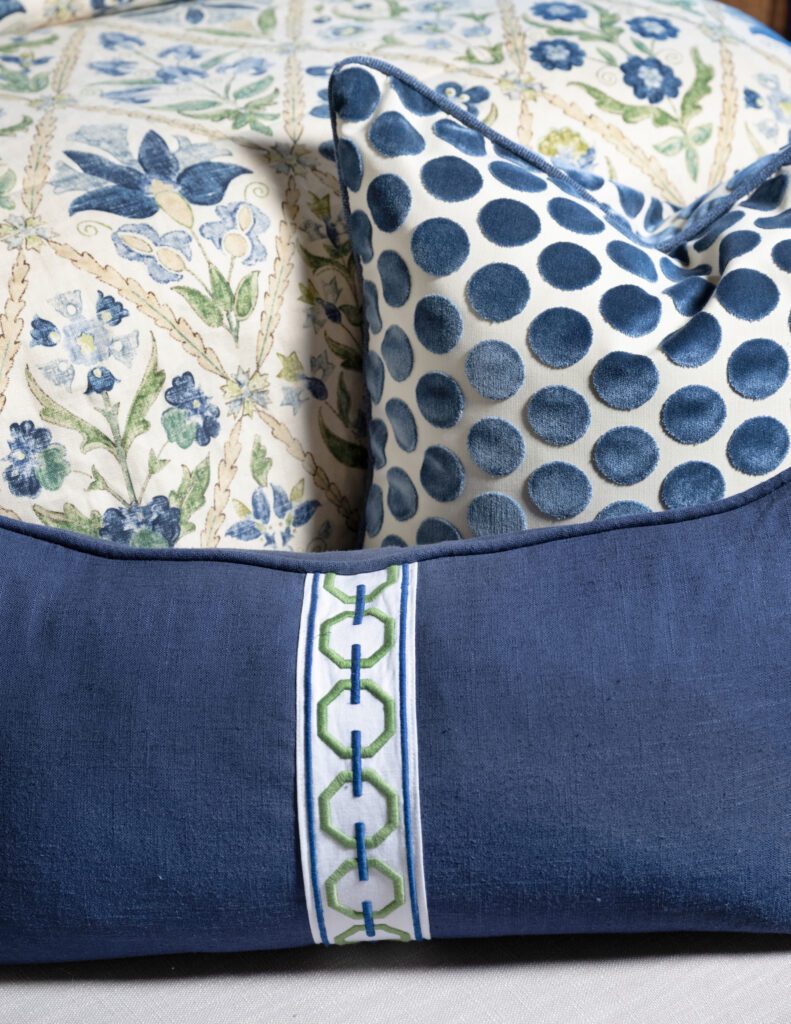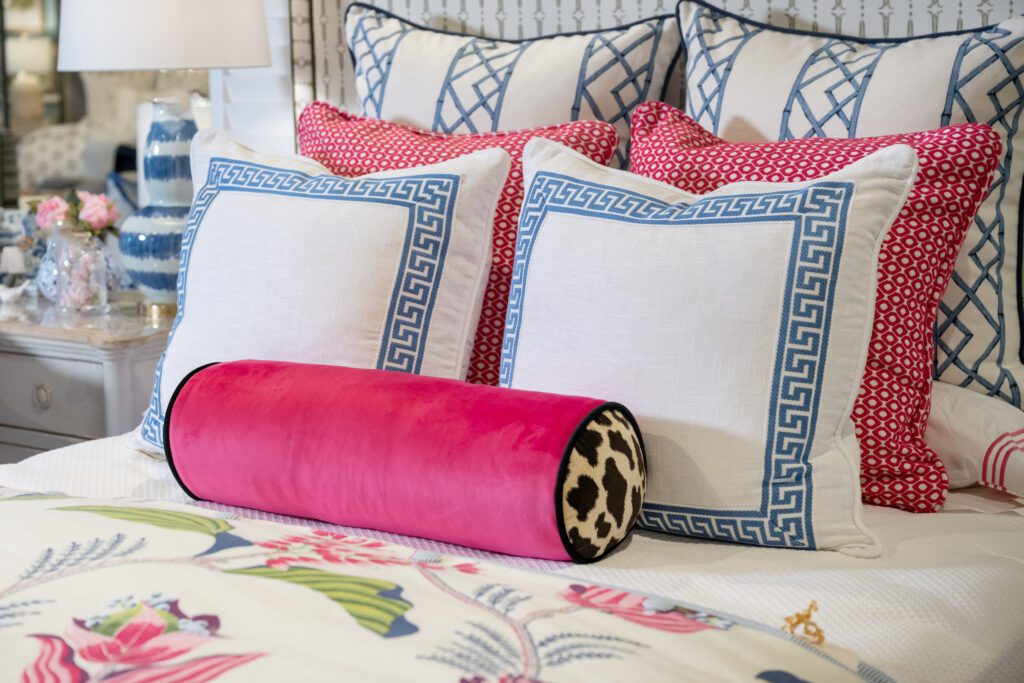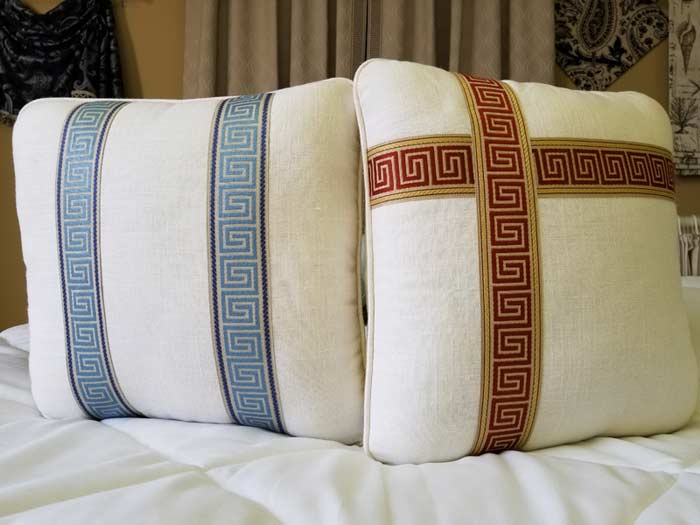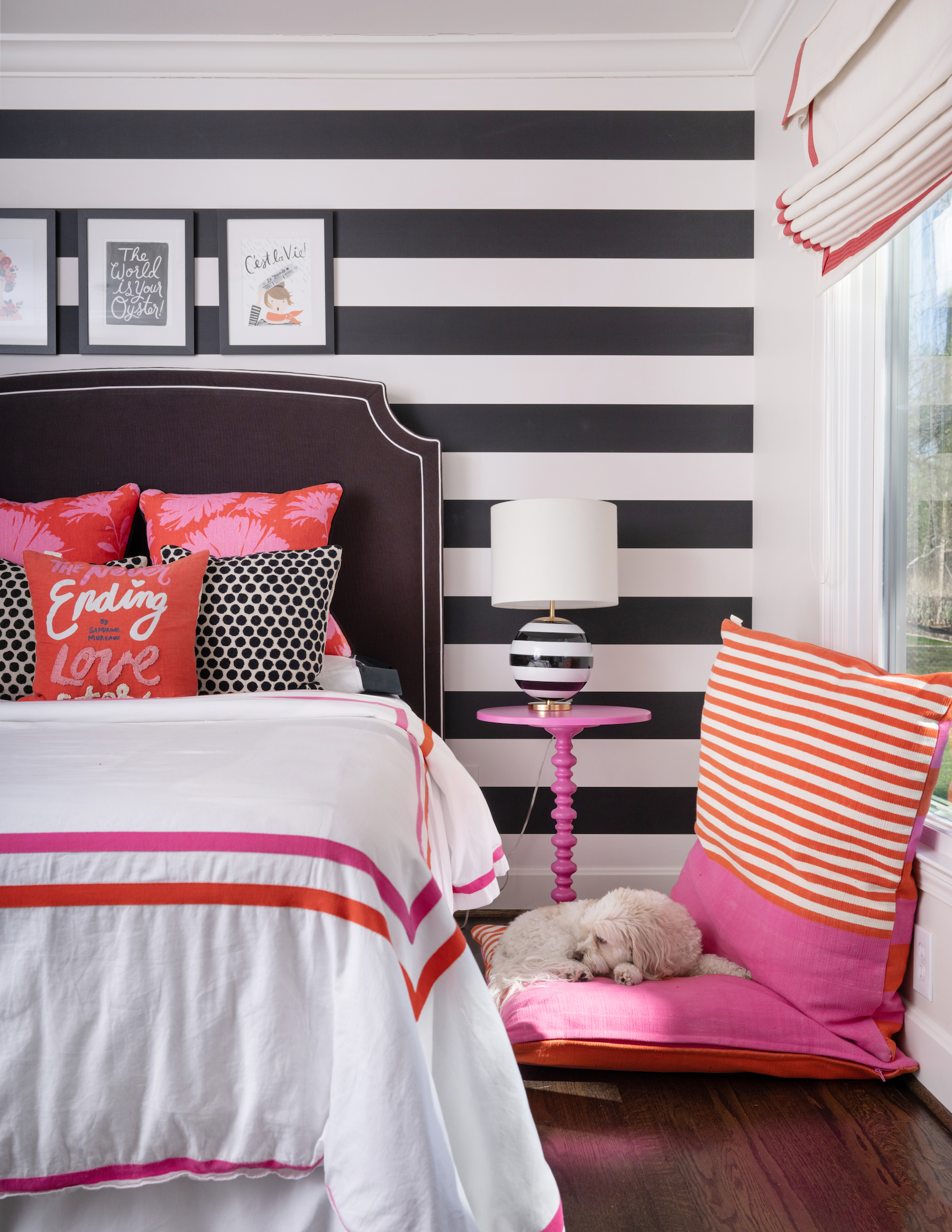Decorative trim for pillows is an often-overlooked element that can dramatically enhance the aesthetic of any room. Whether you’re a seasoned decorator or a DIY enthusiast, adding trim can bring a touch of elegance and personality to your pillow designs. In this comprehensive article, we will explore various types of decorative trims, how to choose them, and the best ways to incorporate them into your home. Let’s dive in!
The Importance of Decorative Trim for Pillows
When it comes to pillow decoration, style matters. Decorative trims not only add visual interest but also serve functional purposes. They can help define the edges of a pillow, create a cohesive look with other décor, and highlight your style preferences—be it traditional, modern, or eclectic.
Why Choose Decorative Trim?
- Enhances Visual Appeal: Trims add color, texture, and dimension.
- Personalization: Custom trims allow you to express your unique style.
- Quality and Craftsmanship: Well-chosen trims can elevate the overall quality of your pillows.
Types of Decorative Trim for Pillows
Let’s explore the various types of decorative trim available for pillows, each with its own unique characteristics.
1. Piping
Piping is a popular choice for trimming pillow edges. It consists of a cord or piping strip covered in fabric, providing a tailored look.
| Pros | Cons |
|---|---|
| Adds a sophisticated edge | Can be challenging to sew if you’re a beginner |
| Available in various colors and materials | May wear out over time in high-use areas |

2. Fringe
Fringe adds a playful touch to pillows, making it perfect for bohemian or vintage styles. Available in various materials, fringe can transform an ordinary pillow into a statement piece.
3. Ruffles
Ruffles offer a soft, romantic look, ideal for cottage or shabby chic styles. They can be made from fabric scraps or purchased as pre-made trim.

4. Lace
Lace brings a delicate, vintage touch to pillows. It’s perfect for creating a soft and feminine aesthetic.
5. Braid and Cording
Braid and cording provide a more rustic or nautical look, perfect for outdoor décor or beach-themed interiors.

Choosing the Right Trim for Your Pillows
With so many options available, selecting the right trim can be daunting. Here are some tips that I’ve learned through personal experience to help you make the best choice.
1. Consider Your Pillow Style
The style of your pillow should dictate the type of trim you choose. For instance, a sleek, modern pillow may benefit from simple piping, while a vintage pillow could shine with intricate lace.

2. Match Your Room Décor
Ensure that your trim complements the overall color scheme and style of your room. Neutral trims can blend seamlessly, while bright trims can serve as pops of color.
3. Fabric Compatibility
Not all trims work well with every fabric. For instance, a heavy fringe may not be suitable for a lightweight cotton pillow. Always check for compatibility.

DIY Pillow Trim: A Personal Journey
As someone who enjoys DIY projects, I started experimenting with decorative trim for my throw pillows a few years ago. I remember the first time I added piping to a simple pillow cover; it transformed the entire look. Here’s how you can replicate that experience.
Step-by-Step Guide to Adding Trim to Pillows

Materials Needed:
- Pillow insert
- Pillow cover fabric
- Decorative trim of choice
- Sewing machine
- Scissors
- Pins
- Measuring tape
1. Measure and Cut Your Fabric
Start by measuring your pillow insert and cutting your fabric accordingly, adding an extra inch for seams. Cut the trim into lengths that will cover all sides of the pillow.

2. Pin the Trim
Pins are your best friend! Pin the trim along the edges of the fabric, ensuring it’s evenly distributed. Make sure the decorative side of the trim is facing the fabric.
3. Sew the Trim to the Fabric
Using a sewing machine, sew along the trim’s edge, securing it to the pillow fabric. Take your time to ensure a straight line for a polished finish.
4. Assemble the Pillow
Once the trim is attached, fold the pillow cover fabric together, right sides facing. Sew around the edges, leaving an opening for the pillow insert.
5. Insert the Pillow and Finish
Insert the pillow into the cover, then sew the opening closed. Voilà! You’ve created a beautiful, trimmed pillow!
Comparative Analysis of Decorative Trims
To help you visualize your options better, here’s a comparison of the popular types of decorative trims, including their material, style, and ideal usage.
| Type of Trim | Material | Style | Best for |
|---|---|---|---|
| Piping | Cotton, Polyester | Formal, Tailored | Cushions, Decorative Pillows |
| Fringe | Fabric, Yarn | Bohemian, Vintage | Throw Pillows, Accent Cushions |
| Ruffles | Cotton, Linen | Romantic, Soft | Bedding, Decorative Pillows |
| Lace | Cotton, Synthetic | Delicate, Vintage | Shabby Chic, Romantic Décor |
| Braid and Cording | Natural Fibers, Synthetic | Rustic, Nautical | Outdoor, Casual Décor |
Care and Maintenance of Trimmed Pillows
Once you’ve invested time and creativity into your decorative pillows, you’ll want to keep them looking their best. Here are a few tips:
1. Regular Dusting
Dust your pillows regularly to maintain their appearance. A soft cloth or a vacuum with a upholstery attachment works well.
2. Spot Cleaning
For stains, use a mild detergent and a damp cloth to spot clean. Avoid soaking the trim, as this may damage delicate materials.
3. Proper Storage
When not in use, store your pillows in a cool, dry place to prevent mildew and fading.
FAQs about Decorative Trim for Pillows
1. What types of materials are used for decorative trim?
Common materials for decorative trim include cotton, polyester, lace, and natural fibers. The choice often depends on the desired aesthetic and durability.
2. Can I wash pillows with decorative trim?
It depends on the trim material. Most trims can withstand gentle washing, but it’s best to check care instructions specific to the trim used.
3. How do I choose the right trim for my pillow?
Consider the style of the pillow, the décor of the room, and the compatibility of the trim material with the pillow fabric.
4. Are there any DIY tips for beginners?
Start with simple trims like piping. Practice sewing techniques on scrap fabric first to build confidence before working on your pillows.
5. What are some popular color schemes for pillow trims?
Popular color schemes include monochromatic for a sophisticated look, complementary colors for a vibrant feel, and neutrals for a contemporary touch.
Conclusion
Decorative trim for pillows is more than just an embellishment; it represents a chance to express your creativity and style. Whether you’re accessorizing a cozy chair or adding flair to your bedspread, the right trim can make all the difference. By following the tips and techniques discussed in this article, you can create unique, beautiful pillows that reflect your personal style and elevate your home décor. Happy decorating!